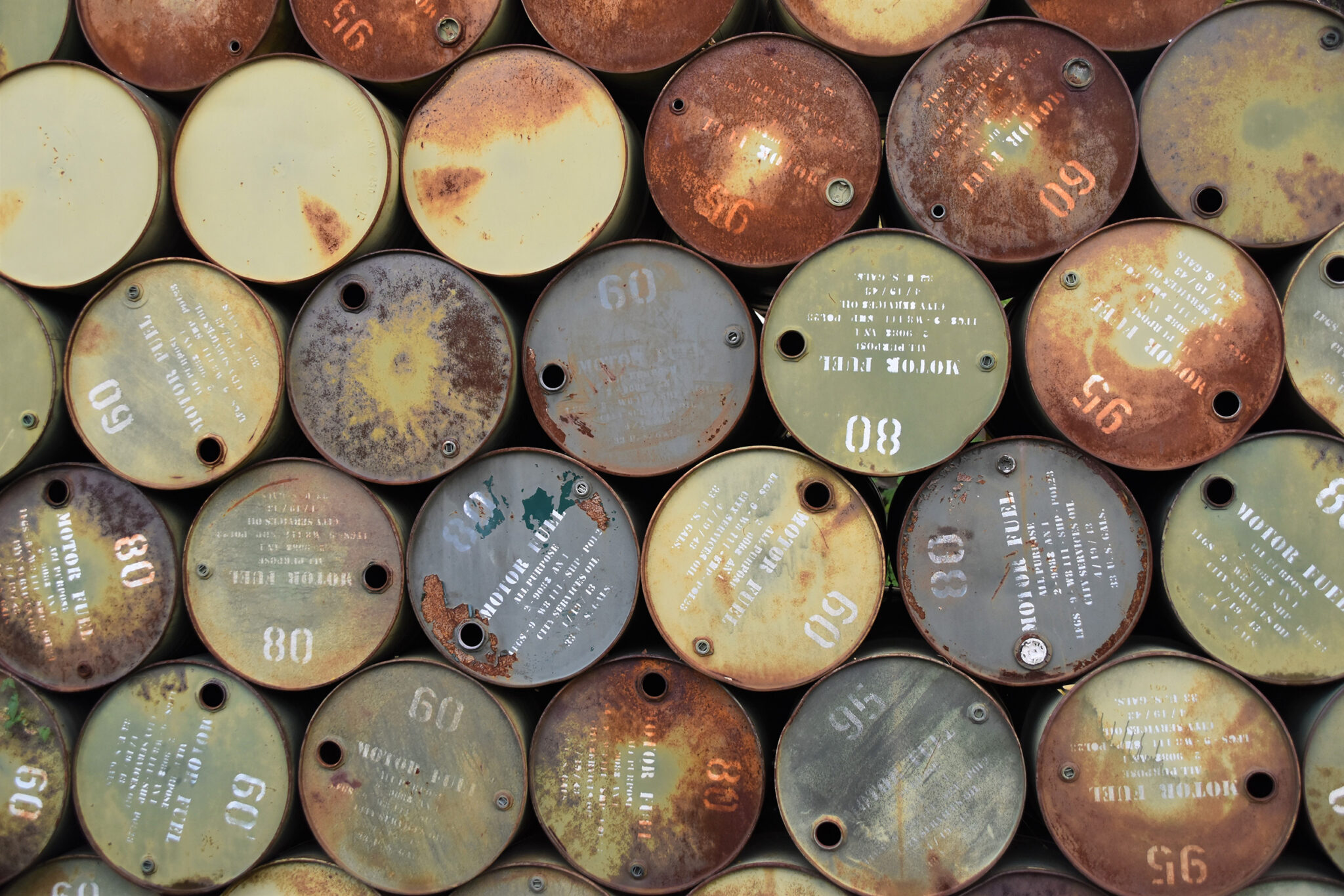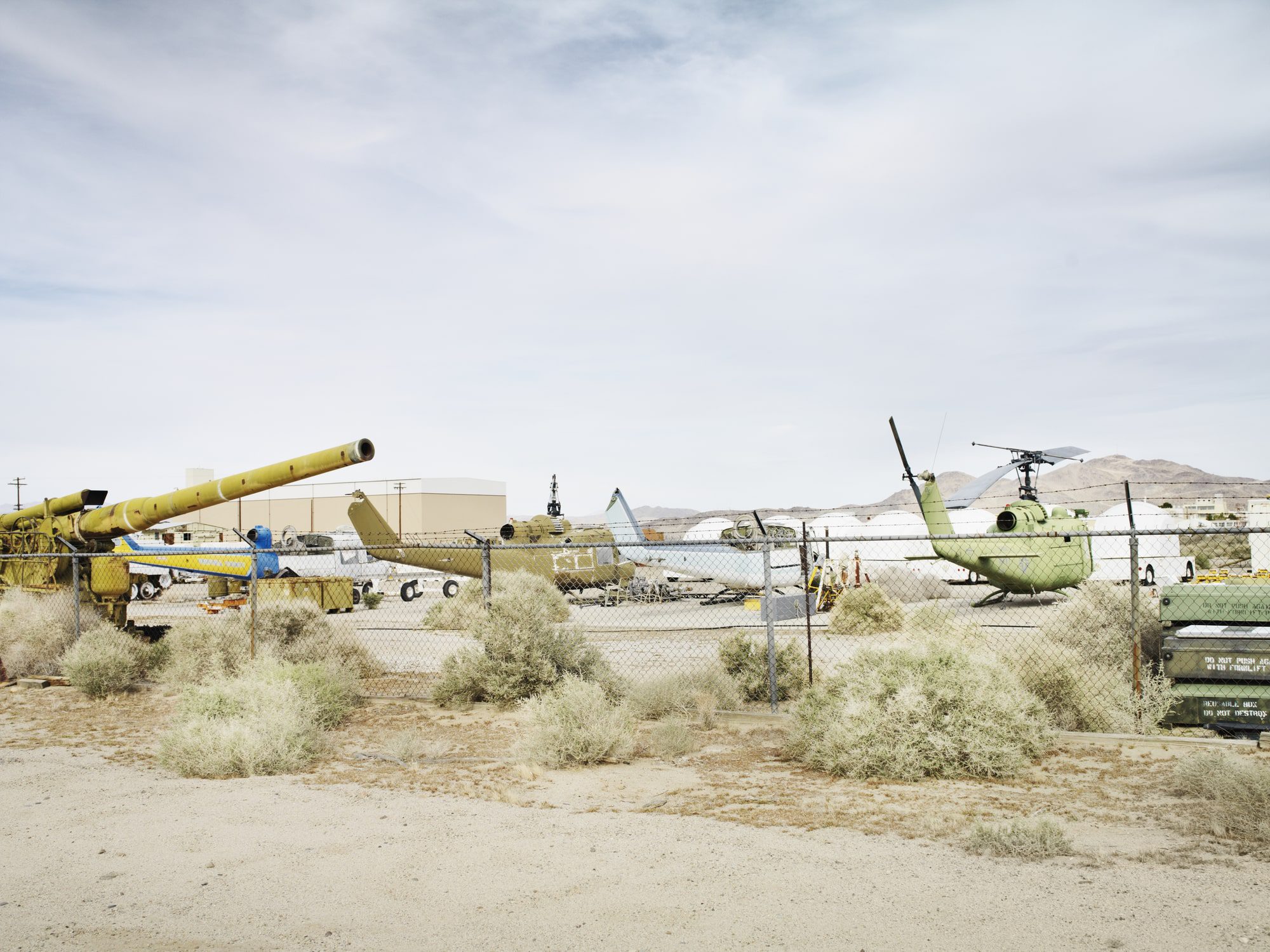Asbestos Superfund Sites
A superfund site is a polluted area in the United States designated by the Environmental Protection Agency (EPA), which requires a long-term response to clean up waste, asbestos, and/or other hazardous material contaminations. Asbestos-related superfunds pose mesothelioma risks to both veterans and nearby residents.

What Makes a Superfund Site?
The superfund program calls on the Environmental Protection Agency (EPA) to clean up toxic waste across polluted locations in the United States that may contain asbestos and other hazardous contaminants. For example, in work areas, crews can move toxic waste from a work zone and dump it into confined zones, therefore, creating a superfund site. The general public surrounding a superfund site notifies the EPA of polluted waste, and they begin their assessment. If the site qualifies for further investigation, the EPA places it on the National Priorities List (NPL). The NPL helps the EPA sort through the sites to decide whether immediate action is necessary or not.
EPA Framework for Assessing Asbestos-Related Superfunds
EPA follows a process when assessing superfund sites containing asbestos contamination. The process begins when EPA evaluates the site’s data which helps them calculate current and past asbestos-related materials used. Next, they gauge the risk for airborne asbestos in the site and determine if any asbestos materials cause a hazard to the environment. As the process continues, the EPA evaluates whether asbestos in the air poses a public health threat or not. Then, they calculate and measure the concentration of exposure. Finally, the EPA takes action and begins to clean up the site.
Where are Superfund Sites?
The EPA has established superfund sites throughout the United States however, most are located in New Jersey (113 sites), California (97 sites) like George Air Force Base, and Pennsylvania (95 sites). States with the fewest sites are South Dakota, home to two superfund sites, and Nevada with one. North Dakota is the only state without a superfund site. Toxic superfund sites come from military bases, factory grounds, or companies that mass-produce goods.
Hazard Ranking System for Superfund Sites
The Comprehensive Environmental Response, Compensation, and Liability Act (CERCLA), also known as Superfund, calls for in-depth evaluation and scoring efforts. For the EPA to put a site on the NPL, they follow a concise scoring system. The Hazard Ranking System (HRS), which was put in place in 1982 and amended in 1990, allows for an accurate evaluation of four different pathways: groundwater migration, soil exposure, surface water migration, and air migration. EPA evaluation of these pathways helps determine the routes in which superfund site contaminants can affect the health of the public.
This scoring system separates risk factors into three main categories: likelihood of exposure, waste characteristics, and targets (those exposed to the contamination). The EPA assesses each pathway in regards to these categories. The HRS combines the results of each pathway score to obtain a score from 0 to 100 and if a site scores 28.05 or greater, it qualifies for the NPL.
Superfund Responses at Sites with Vermiculite
The Libby mine in Libby, Montana produced vermiculite, a material used in insulation and as a soil conditioner. The vermiculite became contaminated by a form of asbestos called tremolite-actinolite series asbestos, also referred to as Libby Amphibole asbestos (LA). The EPA evaluated the site and discovered that LA was present in the air, water, soil, insulation materials, animal tissue, and other pathways. They began investigations in 2000, and two years later, they placed the Libby mine on the NPL and declared a Public Health Emergency to provide aid to those who may have been exposed. The EPA completed evaluations and cleanup of the site in 2018.
To clean up the site, the EPA removed over one million cubic yards of waste that had traces of Libby Amphibole asbestos, disposed of contaminated soils, and placed contaminated debris in a landfill cell. Cleanup is complete, but a feasibility study is in progress to assess further cleanup in an area of the site.
Superfund Responses at Sites with Naturally Occurring Asbestos
In some cases, asbestos contamination occurs naturally. For example, the Sumas Mountain Landslide near Whatcom County, Washington sends sediment containing naturally-occurring asbestos into Swift Creek. When individuals use the sediments for outdoor projects or everyday transportation, asbestos can become airborne and increase the risk of mesothelioma or lung cancer in the superfund site to which they were exposed. The EPA never put the Sumas Mountain Landslide site on the NPL and it is no longer an active EPA project. However, from 2007 to 2019, they produced a management and safety plan for sediments from the site. The management of sediment materials consisted of dredging the creek when necessary, constructing walls (levees) to prevent overflow, developing traps for sediment debris, and managing and maintaining access to the creek.
EPA’s Cleanup of Asbestos-Contaminated Superfund Sites
When the EPA discovers asbestos in a superfund site, they develop a cleanup plan. The intensity and duration of the cleanup depend on the severity of asbestos exposure in the superfund site. Once EPA places a superfund site on the NPL, they commence Remedial Design (RD) and Remedial Action (RA). RD is a phase in which EPA develops a detailed plan for cleanup, including the technology needed and specifications for cleanup remedies. RA is the implementation of strategies and remedies determined in RD.
Superfund site cleanup requires funding from the company held reliable for the contamination. However, if they cannot fund the cleanup process, government funds cover the construction. Cleanup depends on the best way to remove current traces of asbestos and eliminate the threat of future exposure.
How are Superfund Sites Cleaned Up?
The BoRit Asbestos Site in Pennsylvania held a waste pile that stretched nearly two-and-a-half acres. The EPA removed the toxic waste and dug 2 feet below the surface to lay a geotextile liner which they then covered with clean soil. EPA also reinforced the slopes of the superfund site and seeded them while protecting them from erosion. They also installed a reservoir liner and thoroughly pumped/cleaned the water to show no trace of contamination.
Another example of superfund site cleanup is the North Ridge Estates Superfund Site, a residential area in Oregon. Demolition of old veteran military barracks left behind asbestos particles forcing the EPA to remove all visible contaminants. Each spring, new contaminants would resurface due to the freezing and thawing of the soil. The EPA added the site to the NPL and excavated consolidated materials, prohibited digging future destruction of the excavation site, and laid clean fill over the area.
What Happens to a Superfund Site After Cleanup?
After cleanup, the EPA takes on Post Construction Completion (PCC). This process ensures that the actions taken to clean up the superfund site provide long-term solutions. Some activities in PCC include:
- Operation and maintenance (O&M) – Ensure that the remedy continues to work and provide a safe environment that meets health and safety regulations
- Long-term response actions (LTRAs) – Provide consistent upkeep of the remedy to maintain safe conditions
- Institutional controls – Limit human exposure by preventing public access to the land or resources
- Five-year reviews (FYRs) – Provide information on the productivity and success of the remedy
- Site deletion from the National Priorities List (NPL) – EPA removes site if it no longer poses an exposure threat
How many EPA superfund sites are there?
As of September 2020, there are 1,857 superfund remedial sites on the NPL or proposed to be on the NPL. EPA provides a map of superfund sites in the U.S. on the NPL, proposed to be on the NPL, and deleted from the NPL. Many former military barracks that used to house veterans have also been designated and veterans are still seeking help in filing claims with the VA for health benefits.
How far should you live from a superfund site?
No history data suggests a specific range that ensures safety from the toxins of a superfund site. However, it is true that the closer a resident is to a superfund site, the greater impact the exposure has on their life. High exposure in communities surrounding a superfund site increases the risk of asbestos-related cancers and other health complications. Knowledge of superfund sites near you can help you take any precautions necessary for your health. Search for superfund sites near you using this EPA Superfund site search tool.
